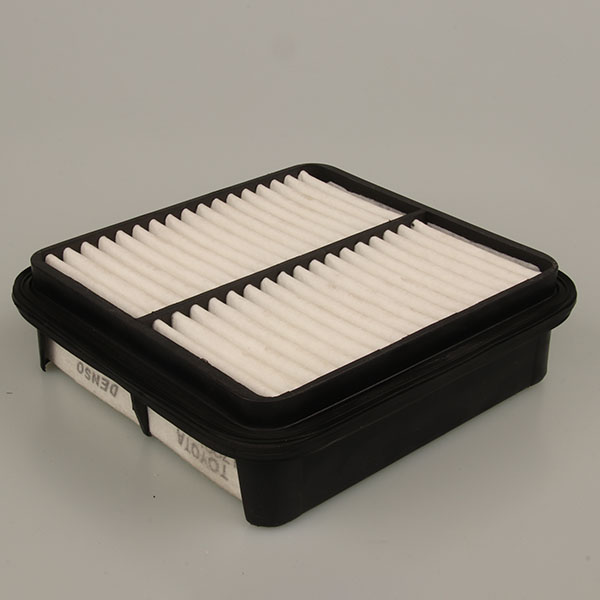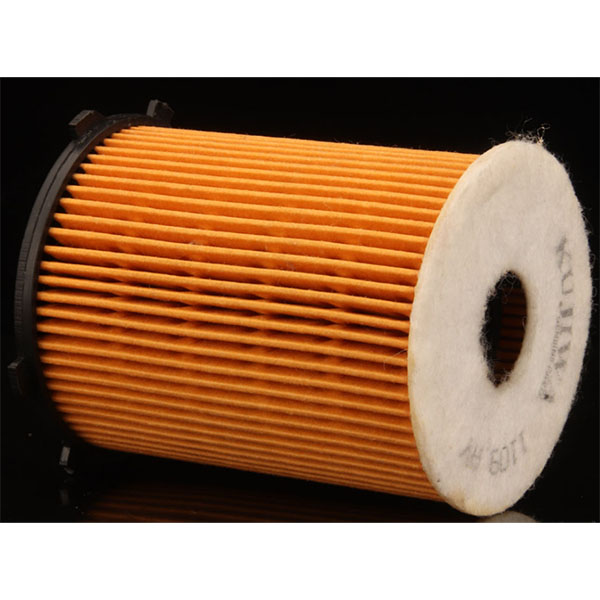To revisit this article, select My Account, then View saved stories
To revisit this article, visit My Profile, then View saved stories Honeycomb Carbon Filter

All products featured on Bon Appétit are independently selected by our editors. However, when you buy something through our retail links, we may earn an affiliate commission.
Maybe you’ve got a bargain basement coffee machine that eats French vanilla pods for breakfast. Maybe you’ve got a shiny new gadget that’s on a strict diet of fair-trade, freshly ground beans. No matter how you get your daily dose of caffeine, there’s one thing we know to be true: A cup of coffee tastes better when it comes out of a clean machine.
If you’ve noticed a pot of coffee is taking longer and longer to brew, that’s a tell-tale sign your machine needs a deep clean. Over time mineral deposits will clog your machine and slow down the drip—not only will your coffee take longer to brew, but it probably won’t taste very good either. Frequent cleaning and maintenance will 1) improve your coffee’s flavor and 2) prolong the lifespan of your machine—particularly crucial when you’ve shelled out the big bucks for a top-of-the-line gadget.
Whether you like a French press, a cappuccino, or a good old fashioned cup of drip coffee, here’s how to clean your coffee maker, based on your type of machine.
If you’ve noticed coffee stains or yellowish calcium deposits ringing the bottom of your coffee pot, it’s time for a good scrub-down. Luckily, you don’t need any fancy chemicals or cleaning solution to deep-clean your drip coffee machine—all it takes is vinegar and water. Here’s how to clean your drip coffee maker in four simple steps:
Drip coffee makers don’t last forever. If you’re still using the budget machine you bought at the turn of the century, it might be time to upgrade to one of our best coffee makers.
Drip Daily Clean: After each brew, discard coffee grounds and wipe the filter basket with a damp cloth. Wash the coffee pot with soap and water.
Drip Deep Clean: Decalcify with vinegar (as outlined above) every 3 months.
Good news: Cleaning your Keurig coffee maker is just about as easy as brewing a cup of joe. Most coffee makers with single-use pods (such as Keurig or Nespresso machines) can be cleaned with a descaling kit. Deposited into the water reservoir, the descaling solution runs through a cleansing cycle to remove any mineral buildup or calcium deposits from hard water in your machine.
You can purchase a Keurig descaling kit online or, if you don’t want to wait for delivery day, make a DIY cleaning solution with white vinegar. Here’s how to descale your machine:
Note: Most single-serve coffee makers can be cleaned with this method.
Keurig Weekly Clean: Remove the water reservoir and wash with soapy water once a week.
Keurig Deep Clean: Descale your machine with Keurig descaling solution or white vinegar (as outlined above) once a month.
This hand-held gadget is not only one of the most convenient coffee makers out there—it’s also one of the easiest to clean. You just need a few pantry staples to deep clean your French press. Here’s how to do it:
French Press Daily Clean: Empty coffee grounds into the garbage or compost. Rinse out the carafe with warm water, add a few drops of dish soap, and plunge up and down until the soapy water froths. Rinse again, then scrub the carafe and the plunger with a non-abrasive sponge or brush.
French Press Deep Clean: Soak carafe in vinegar solution and scrub plunger with baking soda paste once a month.
With lots of bits and bobs, espresso machines are slightly more complicated to clean than your standard drip machine. But professionals like Adam Keita, co-owner of Daughter Cafe & Wine Bar, swear by one product to get the job done: Cafiza. Widely used by baristas, Cafiza espresso machine cleaning powder is, according to Keita, “the most reliable cleaner out there.”
Cafiza powder strips away oily residue from an espresso machine’s group heads, valves, and lines. Here’s how to use it:
Keep in mind that every espresso machine is different, so always consult the manufacturer’s instructions on how to clean your machine.
You can also use Cafiza powder to clean a Moka pot—find full instructions here. And if you’re ready to invest in coffee nirvana, here’s our guide to finding the right espresso machine for you.
Espresso Machine Daily Clean: After pulling a shot, discard the spent puck of coffee grounds immediately—if it’s left to sit, the oily residue will get stuck to the portafilter basket. Rinse the portafilter and purge the steam wand. Wipe the wand with a clean, damp rag, then purge again.
Espresso Machine Deep Clean: Clean the espresso machine with Cafiza (as outlined above) and soak steam wand weekly.

Deep Fryer Oil Filter © 2023 Condé Nast. All rights reserved. Use of this site constitutes acceptance of our User Agreement and Privacy Policy and Cookie Statement and Your California Privacy Rights. Bon Appétit may earn a portion of sales from products that are purchased through our site as part of our Affiliate Partnerships with retailers. The material on this site may not be reproduced, distributed, transmitted, cached or otherwise used, except with the prior written permission of Condé Nast. Ad Choices